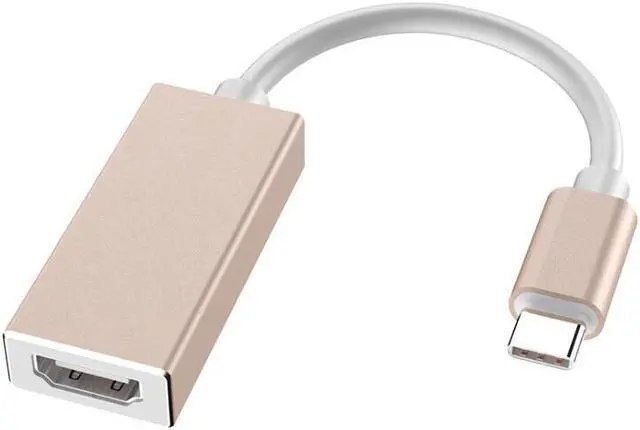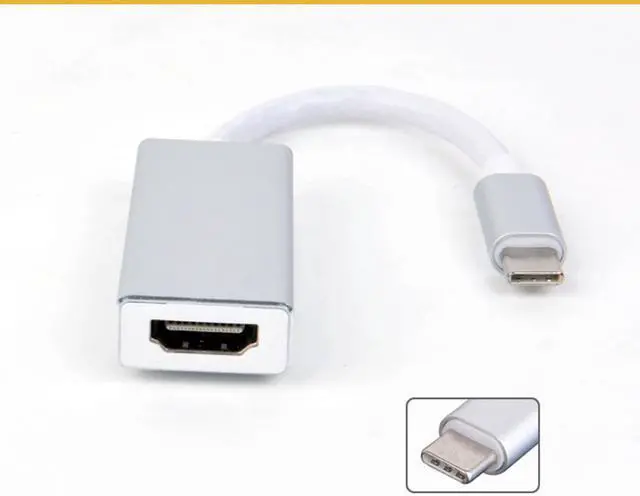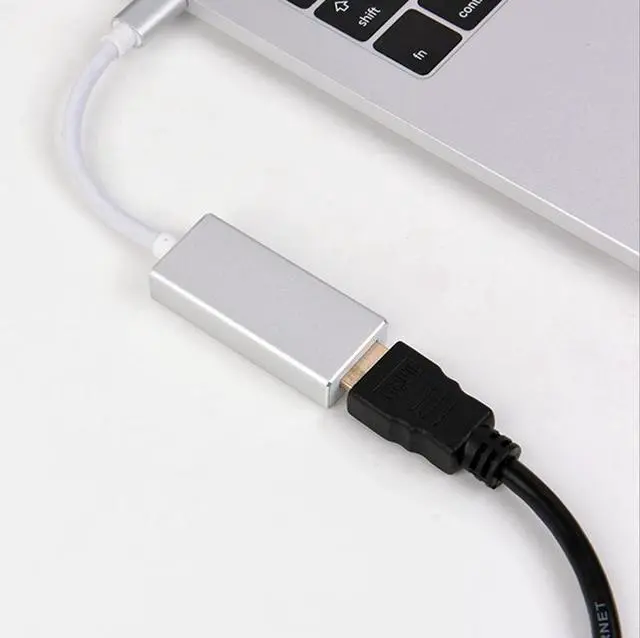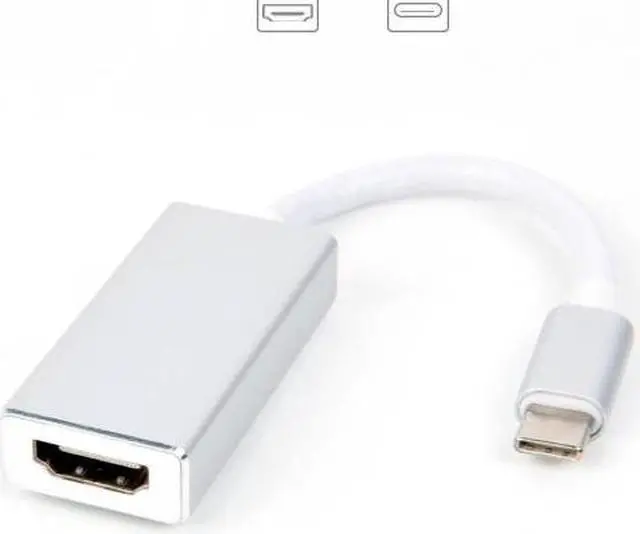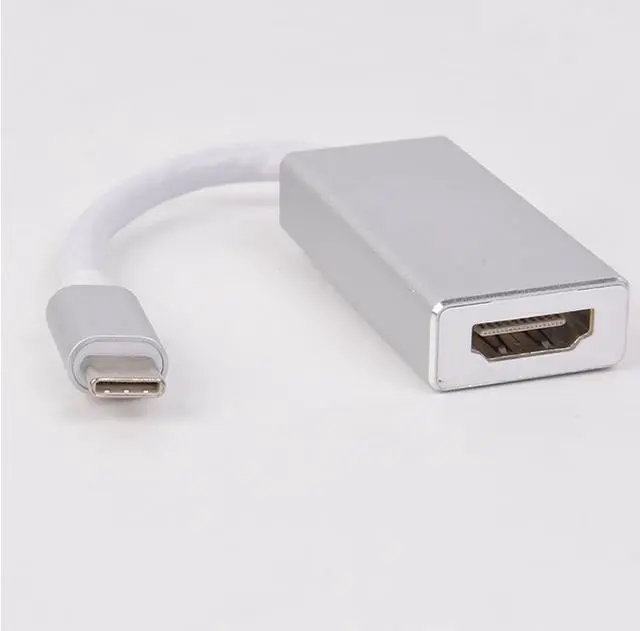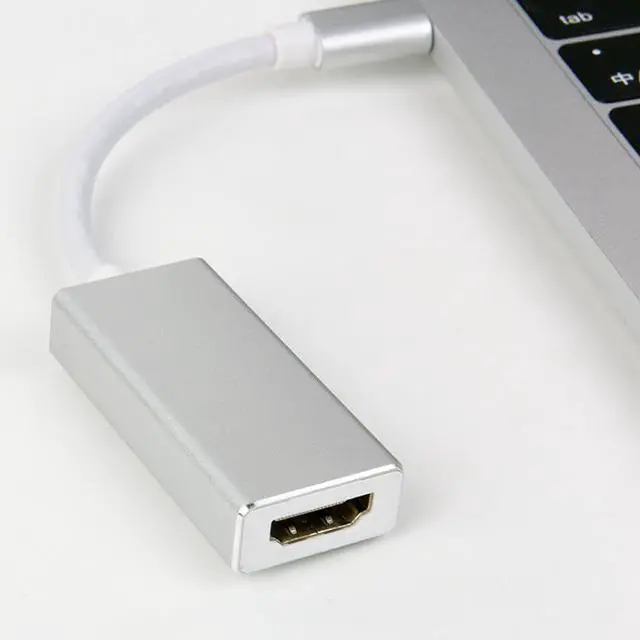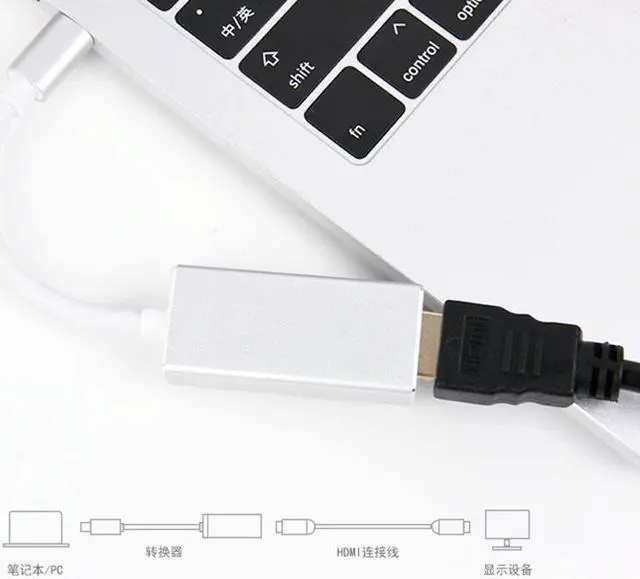The USB-C Digital AV Multiport Adapter Converter allows you to connect a MacBook with a USB-C port to an HDMI display, as well as a standard USB device and USB-C charging cable.
This converter allows you to mirror your MacBook's display in HD format up to 1080p HD on an HDMI-enabled TV or monitor. At the same time, it can also output content such as movies and captured videos. Simply plug the converter into the USB-C port on your MacBook and connect to your TV or projector via an HDMI cable (purchased separately).
Use a standard USB port to connect to your flash and camera, or sync and charge your iPhone, iPad or iPod via a USB cable. You can also charge your MacBook by connecting the charging cable to the USB-C port.
product content
·USB-C Digital AV Multiport Adapter Converter
connection
·HDMI
·USB 3.1 first generation
·USB-C
System Requirements
• An HDMI cable (sold separately) is required to connect to a TV or projector. Support audio and video output.
Advantages of tpye c
Positive and negative
The problem of requiring repeated plugging and unplugging in the traditional USB interface and finding the "correct" direction has been widely criticized by consumers, and the biggest feature of the Type-C double-sided pluggable interface is that it supports USB interface for double-sided insertion, like Apple's Lightning interface. The front and back sides of the USB Type-C port are the same. The user does not have to worry about the positive and negative problems caused by the traditional USB port, and formally solves the worldwide problem that "USB is always plugged in". At the same time, the USB data cable used with it must also be thinner and lighter.
Faster transfer speed
On USB 2.0, the maximum transfer speed can reach 480Mbps, and on USB 3.1 of Type C, the theoretical maximum data transfer speed reaches 10Gbit/s, which is also the standard of USB 3.1, but Apple said that the USB Type-C port of the new MacBook is the highest. The transmission rate is 5Gbps. Compared with USB 2.0, it can be said that there is a qualitative leap.
Can be charged in both directions
The USB port we are currently using can only transmit in one direction. The power transfer of the USB Type-C port is bidirectional, which means it can have two transmit power modes. Moreover, the standard of USB 3.1 is 20V, 5A, that is, the output power can be up to 100W. At present, the maximum notebook requires 60W to supply power. Therefore, users can now not only use mobile phones to charge mobile devices, but also use other devices or mobile power to charge their notebooks.
